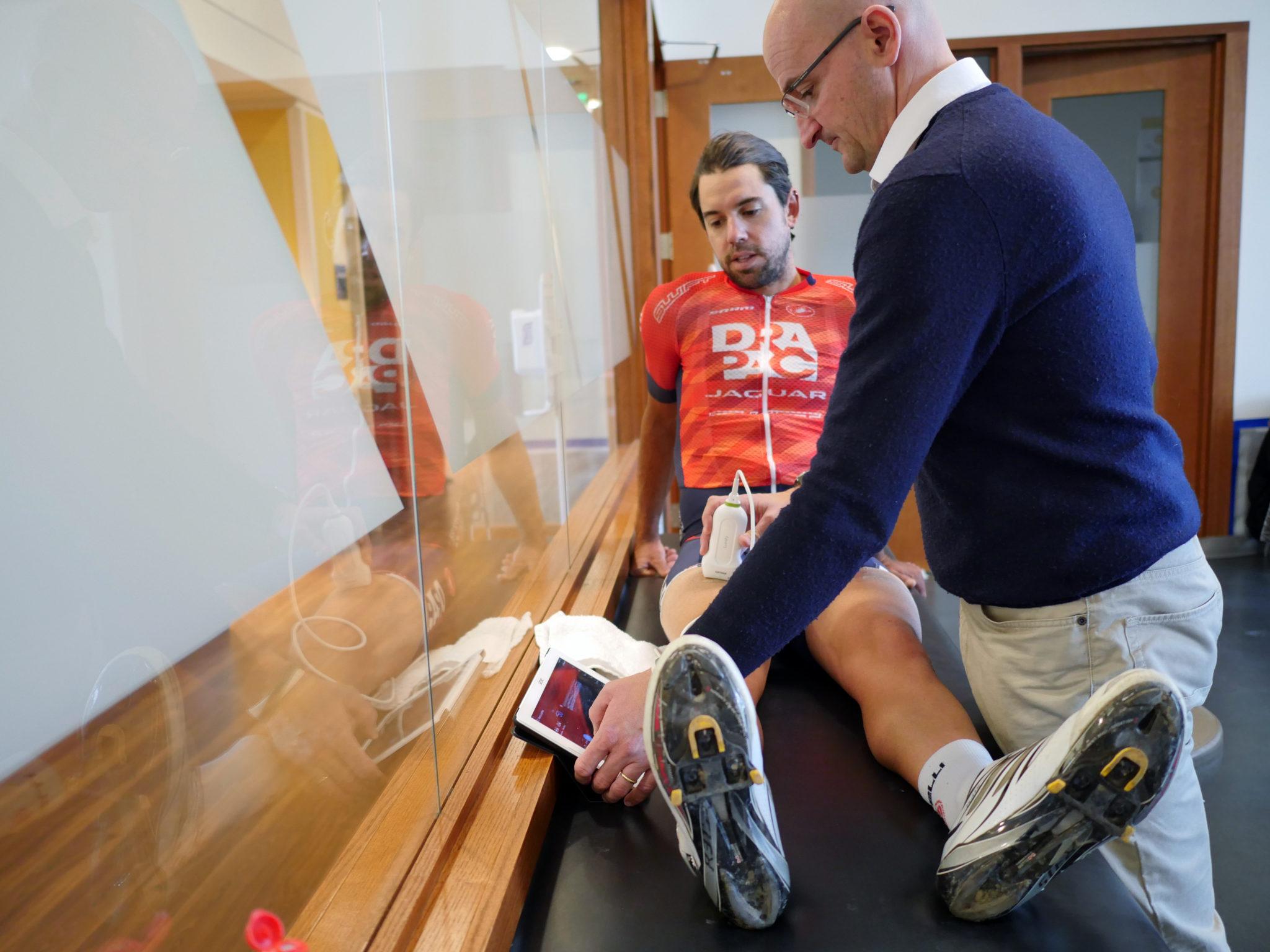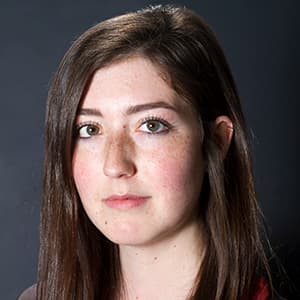
The University of Colorado has developed an innovative gas gauge for athletes to use for training. Now licensed to Denver-based MuscleSound, the device measures muscle glycogen in real-time to determine muscle depletion.
Adequate glycogen, a form of energy stored in muscles, is necessary for optimal athletic performance.
“Whether you are running a marathon or recovering from an accident, when the body runs out of glycogen the same thing happens: the muscle eats itself to feed itself,” Inigo San Millan, PhD, said in a statement. San Millan developed the technology, in conjunction with the CU Sports Medicine and Performance Center.
Until recently, the only way to determine glycogen levels was though a surgical biopsy.
The new, non-invasive technique uses an ultrasound wand to bounce sound waves off of muscles in order to measure water content. The more water content, the more glycogen.
In a process that takes about 15 seconds, an algorithm uses the information from the ultrasound to produce a Muscle Energy Status Score. A low score means the athlete needs to ease up on training or carbo-load. Too high means they need to increase training intensity or moderate their carbohydrate intake.
The new technology is simple to operate, so athletes need only consult their coaches during or after training to get their glycogen scores. San Millan tested the technology on CU Buffs football players in between practice and weight training.
“It has played an important role in dialing in the nutrition, training workload and recovery plans of our players,” San Millan said in a statement.
The technology has also been used by the Colorado Rapids, Colorado Rockies, Oregon State University and U.S.A. Cycling.
In 2016, MuscleSound developed a smartphone app with an ultrasound attachment for trainers to use in the gym. Military and medical apps are in development.
San Millan began developing the technology in 2011, in partnership with Dr. John Hill, a professor in the Department of Family Medicine at CU School of Medicine. A former pro cyclist turned professor and researcher, San Millan knew first-hand the ill effects--from rapid fatigue onset to injury--of training with low muscle glycogen.
And the technology has other applications, too. It can help intensive care patients ward off muscle-wasting that can occur after a traumatic injury.
Multimedia business & healthcare reporter Chloe Aiello can be reached via email at [email protected] or twitter.com/chlobo_ilo.
Subscribe to Denverite’s newsletter here.












